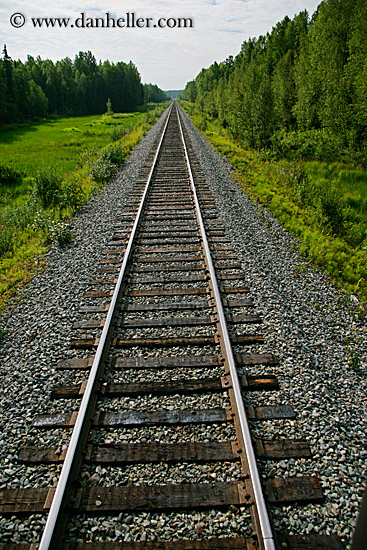Does the engineer still operate the horn manually, or are the trains modernized to recognize upcoming crossings electronically and send a signal to the on-board computer to make the horn do whatever horn sequence it needs to do?
Say, for example, it senses the intersection near my house and does the long, long, short, long sequence. Did the engineer do that, or did the train do it?
Is there a button you push to activate a certain sequence, or do you actually have to pull/push a horn?
I have no idea how signals and such work, so I've always been curious. How do you see an oncoming crossing? Does it show up on a map/GPS-type screen inside the locomotive? Are there lights you can see, or some light or sign just before you get to it?
Say, for example, it senses the intersection near my house and does the long, long, short, long sequence. Did the engineer do that, or did the train do it?
Is there a button you push to activate a certain sequence, or do you actually have to pull/push a horn?
I have no idea how signals and such work, so I've always been curious. How do you see an oncoming crossing? Does it show up on a map/GPS-type screen inside the locomotive? Are there lights you can see, or some light or sign just before you get to it?
Last edited by a moderator:













